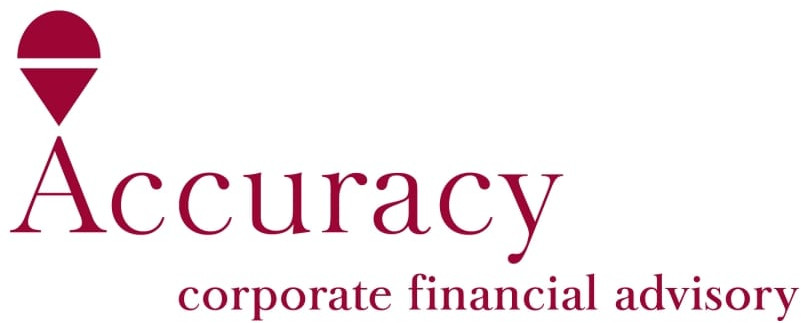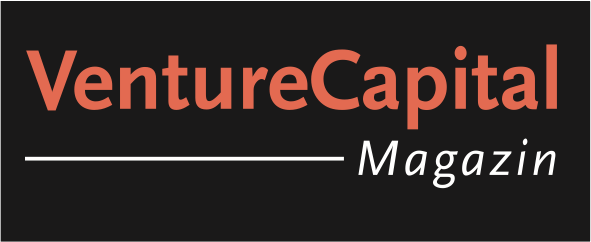NEWSLETTER of May 12, 2023
The following content has been added at finexpert:
Studies > Performance
Goldman Sachs
FAMILY OFFICE INVESTMENT INSIGHTS REPORT
The macroeconomic and geopolitical backdrop has evolved dramatically over the last year. While capital markets have been challenged, family offices have remained calm and kept a steady hand on the wheel. In our second Goldman Sachs Family Office Investment Insights report, Eyes on the Horizon, we explore how institutional family offices are allocating capital, leveraging the viewpoints of 165+ distinct family office decision makers globally. >more
Studies > Performance
BlackRock
CREDIT OUTLOOK: A REBUILD OF RISK PREMIA
1Q2023 was a quarter defined by three distinct phases: 1) a sharp risk rally in January, 2) reignited concerns around elevated inflation in February, and 3) a focus on risks in the banking system in March. For 2Q2023, we expect the backdrop for investing will remain volatile, as central banks navigate a challenging growth/inflation/policy mix, now with an overhang of financial stability concerns. We expect an exacerbation of the pattern of tighter credit standards (which has already been in place for the past few quarters in the U.S. and Europe). >more
Studies > Corporate Finance
KfW Research
KFW-IFO-KREDITHÜRDE Q1 2023
German companies are once again finding it somewhat easier to obtain credit. The KfW-ifo credit hurdle for the first quarter of 2023 is some distance below the highs previously reached. Nevertheless, around a quarter of small and medium-sized enterprises still perceive the behavior of banks in credit negotiations as restrictive. This means that access to credit remains more difficult than average. The easing of credit policy is likely to be mainly due to the defusing of the energy crisis. Due to the improved overall economic risk situation, loan defaults are becoming less likely. >more
Studies > Alternative Investments
Invest Europe
PRIVATE EQUITY AT WORK REPORT 2023
Now in its fourth year, Invest Europe’s Private Equity at Work report provides unequalled insight into how private equity and venture capital have helped drive the recovery from the effects of the pandemic, creating 6.5% more jobs at companies they backed in 2021, or over five times the average across Europe. With data going back to 2017, the study shows how private equity and venture capital support employment and create jobs year after year, through periods of economic growth and downturn alike. >more
Research Papers > Corporate Finance
TRACING CONTAGION RISK: FROM CRYPTO OR STOCK?
Stephanie Dong, Vivian W. Fang, and Wenwei Lin
2023
The increasing crypto-stock comovement has spurred concerns over digital assets’ ripple effects and systemic risks. We closely examine this comovement and report two findings. First, the crypto-stock correlation hovered around zero before March 2020 but increased strikingly after. This shift appears to be fueled by the Federal Reserve’s policy response to the COVID-19 pandemic. Second, we find little evidence of crypto shocks being transmitted to stock but observe significant volatility spillovers in reverse. Further evidence links the increased crypto-stock comovement post-COVID to a growing presence of institutional investors in the crypto markets, whose trades are sensitive to monetary policy changes. >more
Research Papers > Corporate Valuation
EQUITY RISK PREMIUMS (ERP): DETERMINANTS, ESTIMATION AND IMPLICATIONS - THE 2023 EDITION
Aswath Damodaran
2023
The equity risk premium is the price of risk in equity markets, and it is not just a key input in estimating costs of equity and capital in both corporate finance and valuation, but it is also a key metric in assessing the overall market. Given its importance, it is surprising how haphazard the estimation of equity risk premiums remains in practice. We begin this paper by looking at the economic determinants of equity risk premiums, including investor risk aversion, information uncertainty and perceptions of macroeconomic risk. In the standard approach to estimating the equity risk premium, historical returns are used, with the difference in annual returns on stocks versus bonds, over a long period, comprising the expected risk premium. We note the limitations of this approach, even in markets with an abundance of data, like the United States, and its complete failure in emerging markets, where the historical data tends to be limited and volatile. We look at two other approaches to estimating equity risk premiums – the survey approach, where investors and managers are asked to assess the risk premium and the implied premium approach, where a forward-looking estimate of the premium is estimated using either current equity prices or risk premiums in other markets. In the next section, we look at the relationship between the equity risk premium and risk premiums in the bond market (default spreads) and in real estate (cap rates) and how that relationship can be mined to generate expected equity risk premiums. We close the paper by examining why different approaches yield different values for the equity risk premium, and how to choose the “right” number to use in analysis. >more













